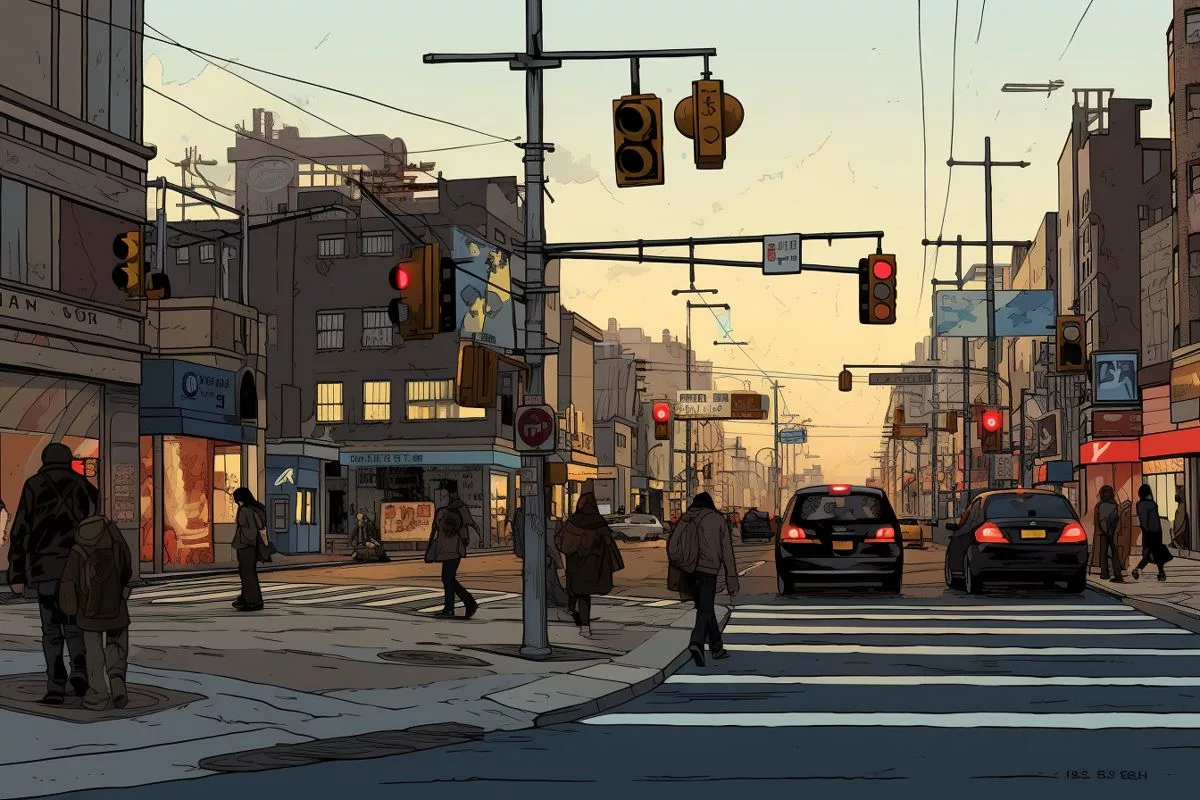The city is focusing on pedestrian safety to enhance walkability and keep the city’s rhythm pulsing. Pedestrian accidents have increased, with many violating safety rules, endangering both pedestrians and vehicle occupants. The city’s departments are conducting campaigns to educate the public and enforce penalties under national laws. There have been hundreds of penalties handed out for pedestrian activity on highways, and the city has made thousands of arrests and handed out fines for traffic and by-law violations. Ultimately, pedestrian safety is a civic duty that demands collective action to keep the city secure and lively.
City Initiatives and Enforcement Actions
The city’s departments have been relentlessly conducting ongoing campaigns around pedestrian safety to educate the public, while also handing out penalties under national laws that forbid pedestrian activity on highways and the adjacent road reserves. In August alone, there were nearly 200 instances of pedestrians unlawfully using the N2, and vehicles illegally stopping to drop off or pick up passengers.
City life pulsates with a rhythm that is brought to life by its pedestrian movement, an intricate dance that plays out on sidewalks, crosswalks, and busy junctions. Regrettably, recent events in the city highlight an increasing threat to this essential urban rhythm.
Concentrating on Pedestrian Security
The Urban Safety and Security Department is, therefore, embarking on a vital mission, shifting its attention towards pedestrian safety. This recommitment arises from a rising trend of accidents involving pedestrians, a grim reality that demands immediate and decisive action. The recent weekend’s disturbing data served as a stern wake-up call: the Municipal Emergency Communication Centre reported 82 road accidents, with a staggering 28 of those involving pedestrians. The week before, the tally stood at 21.
Comparing the data with the previous year only intensifies the worry, showing a 25% increase in pedestrian accidents. However, the problem goes beyond mere numbers. Unlawful crossing of roads, particularly highways, has become a pervasive issue, eliciting a wave of complaints. This blatant violation of safety rules endangers not just the pedestrians but also the occupants of vehicles.
Alderman JP Smith, the Mayoral Committee Member for Safety and Security, spotlighted this significant risk. He pointed out that while many pedestrians have valid reasons for using roads, nefarious individuals also utilize them to target drivers. An instance that supports this is the apprehension of three suspects who allegedly robbed a stranded driver on the N2 inbound route.
City Initiatives and Enforcement Actions
The city’s departments have been relentlessly conducting ongoing campaigns around pedestrian safety to educate the public. In recent times, they have strengthened their efforts to hand out penalties under national laws that forbid pedestrian activity on highways and the adjacent road reserves. In August alone, there were nearly 200 instances of pedestrians unlawfully using the N2, and vehicles illegally stopping to drop off or pick up passengers.
During the first three weeks of November, the Traffic Service handed out 283 penalties to pedestrians who blatantly flouted the law by using the highway. This rigorous enforcement campaign forms part of a wider strategy. Over the past week, the city’s enforcement departments carried out 349 arrests and doled out 72,161 penalties for traffic and by-law violations.
Law Enforcement officers made 209 arrests, handing out 4,356 tickets. The majority of these, 196, were attributed to the Law Enforcement Advancement Plan (LEAP). The arrests included individuals possessing illegal firearms and suspects involved in robberies.
In addition, the Metropolitan Police were proactive, making 67 arrests and handing out 3,686 fines. One significant incident saw officers on patrol on the N2 noticing a disturbance near a broken-down vehicle. Three unidentified males fled the scene but were eventually apprehended. The officers found that they had stolen a cellphone from a stranded driver.
Cape Town Traffic Services reported 64,119 offenses in the past week, impounded 272 vehicles, and carried out 3,262 warrant arrests. The arrests totaled 73, mostly for driving under the influence and reckless driving.
In the same week, the Municipal Emergency Communication Centre recorded 2,223 incidents, including 122 fires, 196 assault cases, 51 domestic violence incidents, and 82 road accidents. These figures highlight the enormity of the task ahead.
In summary, pedestrian safety is more than a management issue; it’s a civic duty, a moral obligation that demands collective action. As the city enforces stringent measures, the ultimate responsibility lies with us, the citizens, to respect and follow traffic norms, ensuring our city remains secure and lively.
What is the city focusing on to enhance walkability?
The city is focusing on pedestrian safety to enhance walkability and keep the city’s rhythm pulsing.
What is the rising trend that has prompted the Urban Safety and Security Department to shift its attention towards pedestrian safety?
The rising trend of accidents involving pedestrians has prompted the Urban Safety and Security Department to shift its attention towards pedestrian safety.
What is the data of recent weekend that served as a stern wake-up call to the city’s departments?
The recent weekend’s data reported 82 road accidents, with a staggering 28 of those involving pedestrians.
What is the recent increase in pedestrian accidents compared to the previous year?
Comparing the data with the previous year shows a 25% increase in pedestrian accidents.
What are the city’s enforcement campaigns around pedestrian safety?
The city’s departments have been relentlessly conducting ongoing campaigns around pedestrian safety to educate the public. In recent times, they have strengthened their efforts to hand out penalties under national laws that forbid pedestrian activity on highways and the adjacent road reserves.
What is the ultimate responsibility for pedestrian safety?
As the city enforces stringent measures, the ultimate responsibility lies with us, the citizens, to respect and follow traffic norms, ensuring our city remains secure and lively.








